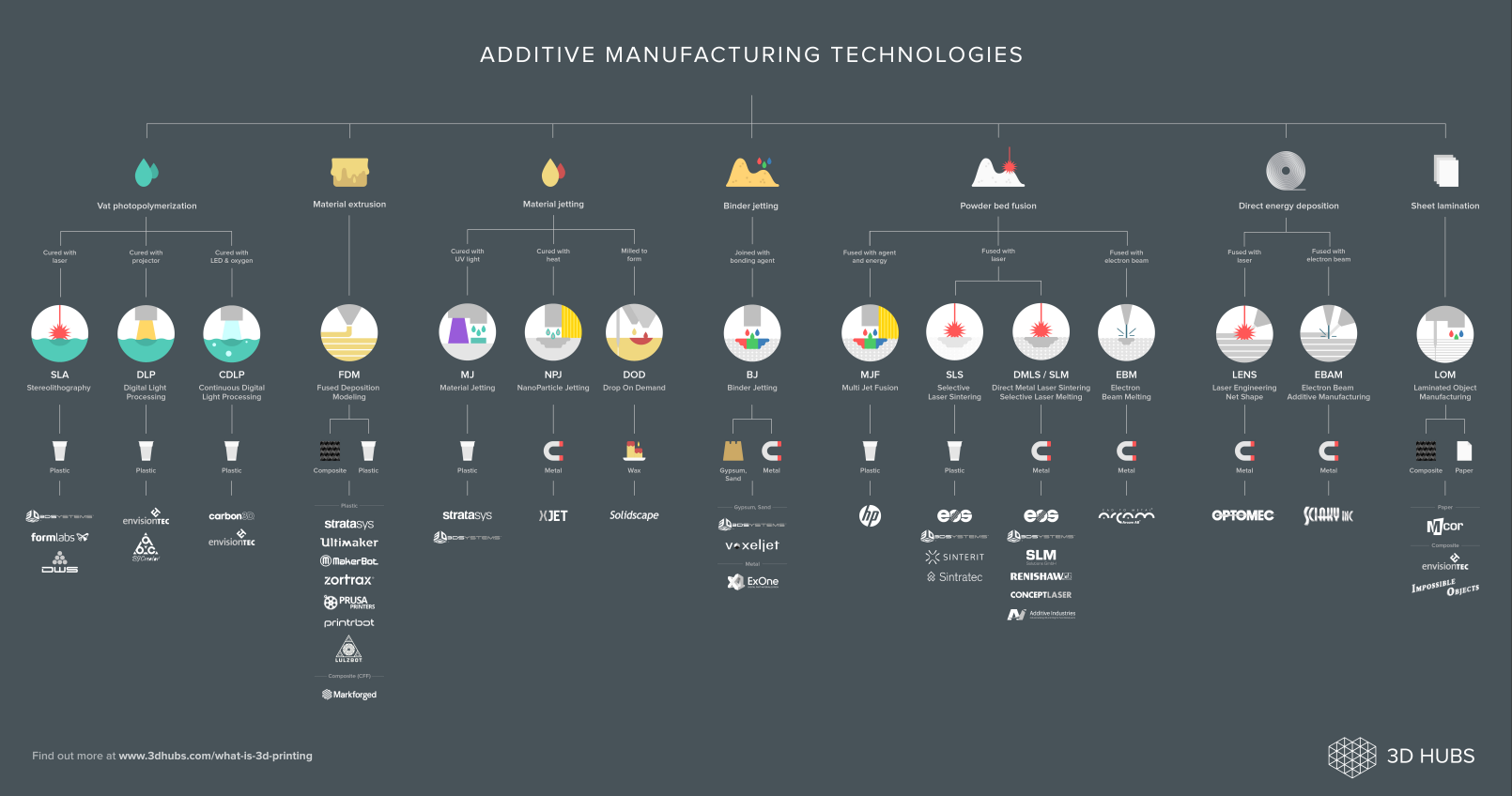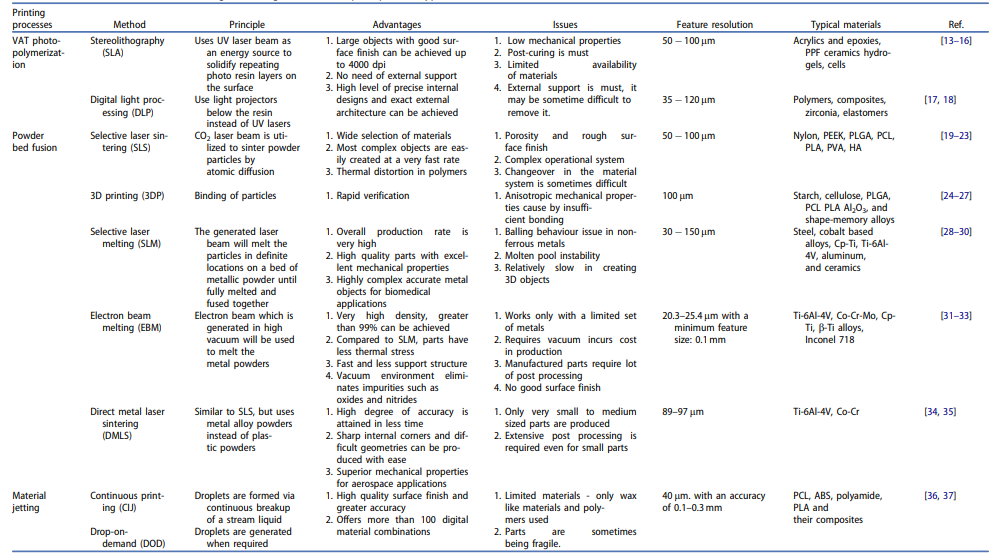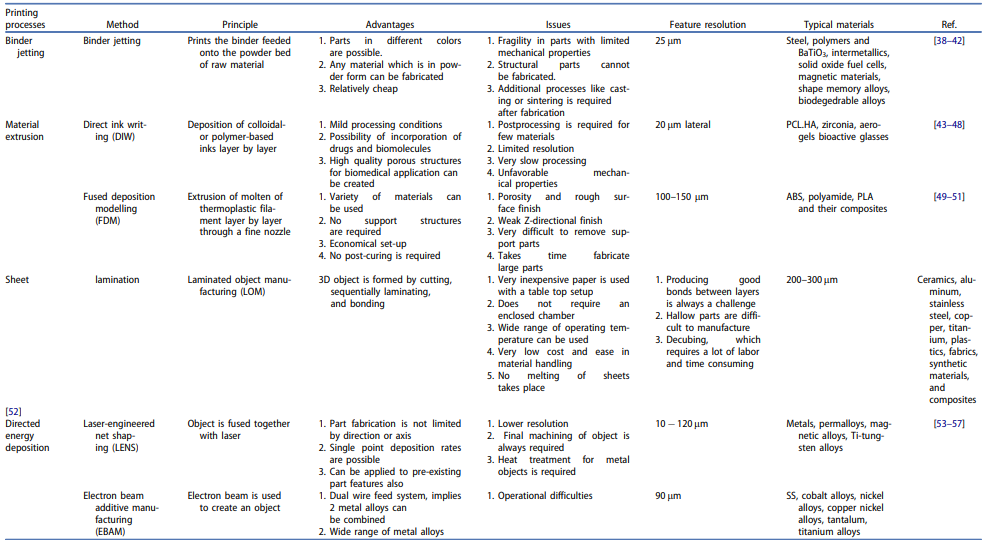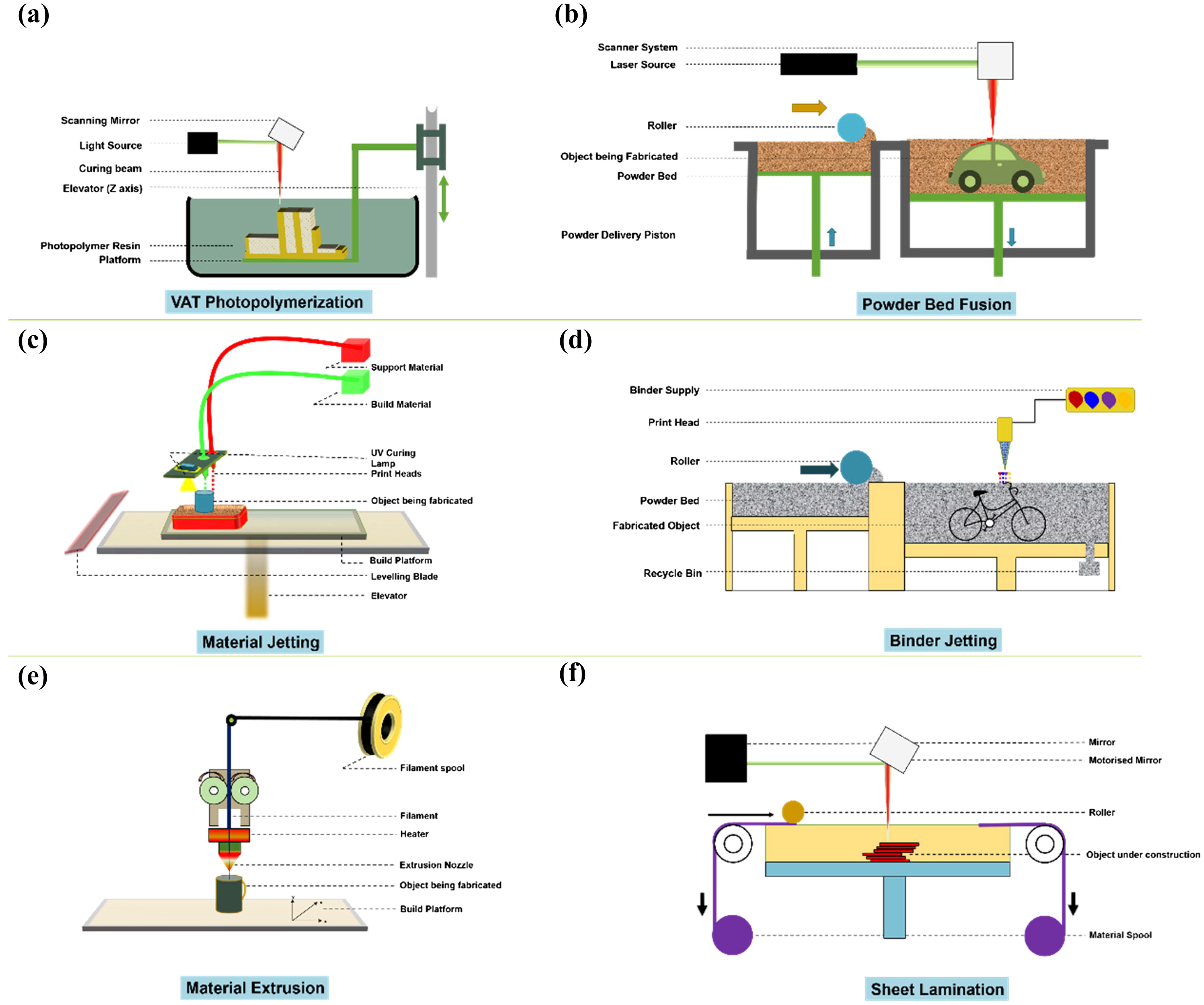What is the Process of Additive Manufacturing?
Additive manufacturing, or Additive Manufacturing (AM), represents an innovative method in the industrial manufacturing landscape that offers greater flexibility and efficiency than traditional processes. Often confused with 3D printing alone, additive manufacturing includes the latter as one of its many steps.
The Fundamental Step of the.Additive Manufacturing
1. Model Creation. CAD
The initial step in the AM process is to create a 3D model using CAD (Computer-Aided Design) software. Alternatively, the 3D model can be obtained by 3D scanning.
2. File Preparation. STL
The model CAD is then converted into a standard format for printing: the STL (Stereolithography) file. This format uses polygons, mainly triangles, to describe the surface of the object.
3. Machine Settings.
The STL file is imported into a program at slicing, which converts it into G-code, a language used by CNC (Computer Numerical Control) machines. At this stage, printing parameters are set to optimize quality, reduce errors, minimize material waste, and create the necessary media.
4. 3D Printing
3D printing is done using CNC machines of various types, depending on the printing mode. A thorough knowledge of the machine is essential for accurate calibration.
5. Post-Processing
After printing, the object is removed from the machine and may require further processing to achieve the desired quality. For example, FDM (Fused Deposition Modeling) prints may need media removal, while SLA (Stereolithography) prints require UV treatment to complete resin curing.

Types of Additive Manufacturing
Additive manufacturing technologies differ mainly in the method of creating print layer.
In 2010, theAmerican Society for Testing and Materials ( ASTM ) group with the F42 Committee on Additive Manufacturing Technologies formulated a set of standards that classify the range of additive manufacturing processes into 7 categories(ASTM F2792-12a, Standard Terminology for Additive Manufacturing Technologies, (Withdrawn 2015), ASTM International, West Conshohocken, PA, 2012, www.astm.org):
1. Binder Jetting
Binder Jetting is an additive manufacturing process in which a liquid bonding agent is selectively deposited on a bed of powder to join particles and form solid layers.
This method is used for materials such as metals, sands and ceramics.
The main features of Binder Jetting include:
- High production speed
- Possibility of using a wide range of materials
- Low density of finished parts, requiring post-treatment to increase mechanical strength
2. Directed Energy Deposition (DED)
Directed Energy Deposition (DED) uses a focused thermal energy source, such as a laser, electron beam, or plasma arc, to melt materials as they are deposited.
This process is particularly useful for repairs and material additions to existing components.
Benefits of DED include:
- Ability to repair damaged parts
- Production of components with multiple materials
- High material density and quality
3. Material Extrusion
Material Extrusion, commonly known as Fused Deposition Modeling (FDM), involves extruding a thermoplastic material filament through a heated nozzle that deposits the material layer by layer.
This method is one of the most popular due to its simplicity and low cost.
Highlights of material extrusion include:
- Wide availability of materials
- Low equipment and maintenance costs
- Ease of use and accessibility
4. Material Jetting
Material Jetting selectively deposits droplets of material, such as photopolymers and wax, which are subsequently solidified.
This process offers high precision and excellent surface finish.
The main features of Material Jetting are:
- High precision and fine detail
- Ability to use multiple materials simultaneously
- High-quality surface finish without the need for post-processing significant
5. Powder Bed Fusion (Powder Bed Fusion).
Powder Bed Fusion includes technologies such as Selective Laser Sintering (SLS) and Direct Metal Laser Sintering (DMLS), where a laser or electron beam selectively melts powder particles to form solid layers.
This method is ideal for metallic and thermoplastic materials.
The advantages of powder bed fusion include:
- High density and mechanical strength of components
- Geometric freedom and complexity of designs
- Applications in the aerospace, medical and automotive industries
6. Sheet Lamination (Sheet Lamination).
Sheet Lamination uses sheets of material that are cut and bonded together to form a three-dimensional object.
This process can employ materials such as paper, polymers, and metals.
The main characteristics of sheet lamination are:
- High production speed
- Low material costs
- Ability to create large objects
7. Photopolymerization (Vat Photopolymerization).
Photopolymerization, also known as Stereolithography (SLA), uses a liquid photopolymer in a tank that is selectively cured by UV light.
This method is renowned for its high resolution and surface quality.
The advantages of photopolymerization include:
- Very high precision and fine detail
- Excellent surface finish
- Ideal for aesthetic prototypes and detailed models
From a 2019 article published in Nanocomposites by the "NUS Centre for Nanofibers and Nanotechnology" group, Department of Mechanical Engineering, we can retrieve an interesting review onadditive manufacturing [Note1].
In particular, the following table lists the different additive manufacturing technologies just seen, with the basic principles and typical methods used.

 Figure © https://doi.org/10.1080/20550324.2018.1558499
Figure © https://doi.org/10.1080/20550324.2018.1558499
An illustration of some additive manufacturing processes here:

Figure © https://doi.org/10.1080/20550324.2018.1558499
Advantages of Additive Manufacturing
Additive manufacturing offers many advantages over traditional methods:
1. Speed
3D printing allows prototypes to be produced in a matter of hours, accelerating the product development cycle.
2. Single-Stage Production.
Reduces manufacturing constraints and enables the creation of complex objects without specific tools.
3. Cost Reduction.
Saves on operating, raw material and labor costs, especially for small production volumes.
4. Risk and Reject Reduction.
Allows designs to be quickly verified and modified, reducing costs and design time and minimizing material waste.
5. Customization
Provides the ability to produce one-of-a-kind items or small runs, meeting specific customer needs.
Conclusion
TheAdditive Manufacturing represents a revolution in industrial manufacturing, offering significant advantages in terms of flexibility, speed and cost reduction. However, it is essential to carefully evaluate the specific case to determine whether this technology is the most suitable solution, considering that in some cases traditional methods may be preferable.
[Note 1] A. Sandeep Kranthi Kiran, Jagadeesh Babu Veluru, Sireesha Merum, A.V. Radhamani, Mukesh Doble, T. S. Sampath Kumar & Seeram Ramakrishna (2019): Additive manufacturing technologies: an overview of challenges and perspective of using electrospraying, Nanocomposites. DOI: https://doi.org/10.1080/20550324.2018.1558499





